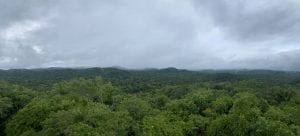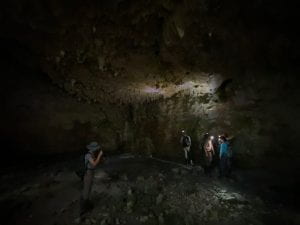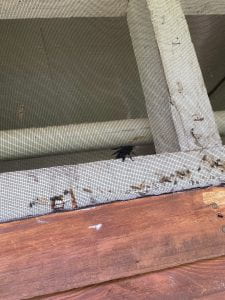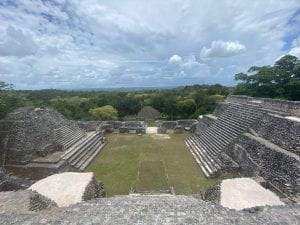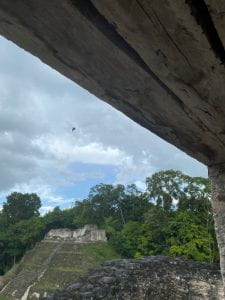Hi everybody!
Today was such an eventful day! We started our day by developing a research question regarding the movement of the biota of the Chiquibul and spent most of the rest of our time setting the gadgets out in the field to collect data during the next few days. It was during our time in the forest that we went to the Bird Tower, which has now become my favorite stop of this trip. Although we did not actually get to see birds from the tower, the view we got was still mesmerizing. From the top of the tower you could see many hectares of rainforest to any and every side. There was also spots with fog that just made the view even more beautiful. One thing about the tower is that the hike is a bit challenging, particularly when the ground is wet; some of us had trouble with the slippery slopes coated with mud, yet thankfully everything went well! Although a bit difficult in some places I would definitely recommend this hike to anyone coming to the Chiquibul forest, personally I plan to come back just for that hike!

The Bird Tower trail also leads to a really cool cave. In the cave you even get to see remnants of Mayan pottery!
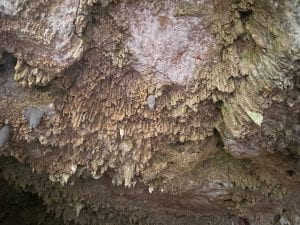
Another great thing that occurred today is that I got to see many of my taxa before even leaving Las Cuevas for our two hikes. Three of the species I got to see include the Carpenter bee and the Red-tailed stingless bee. Here is a photo of the Carpenter bee!
Also as an aside the food here is really amazing. Here is a photo one of the vegetarian meals I got yesterday!

